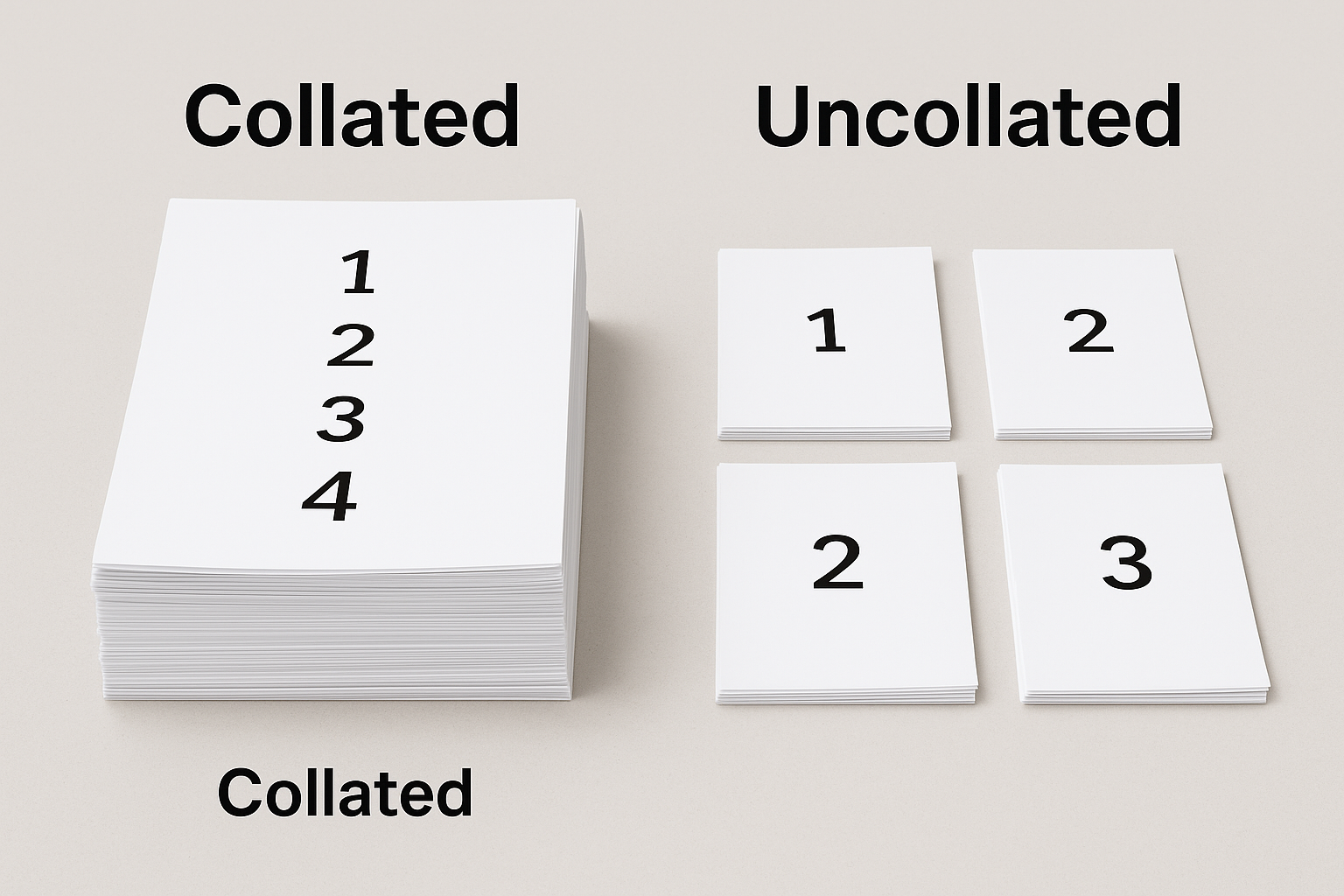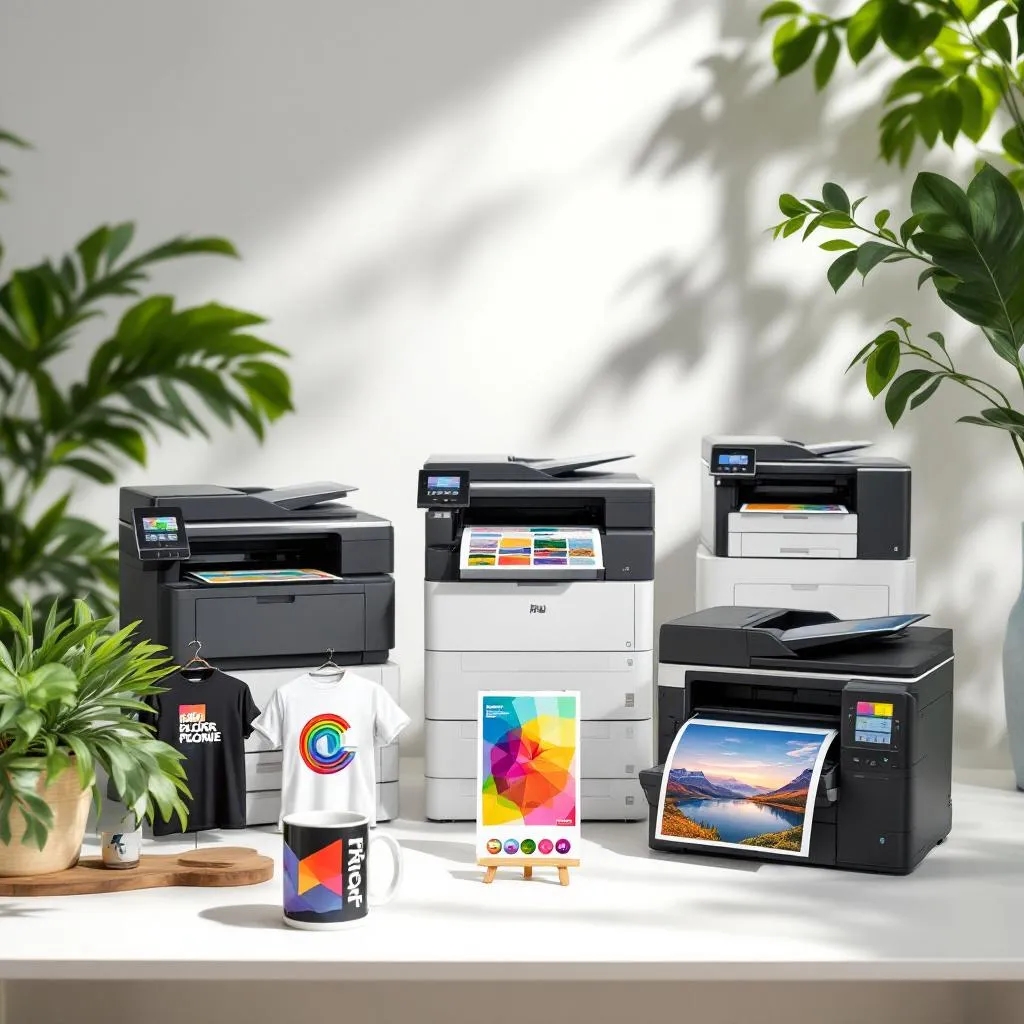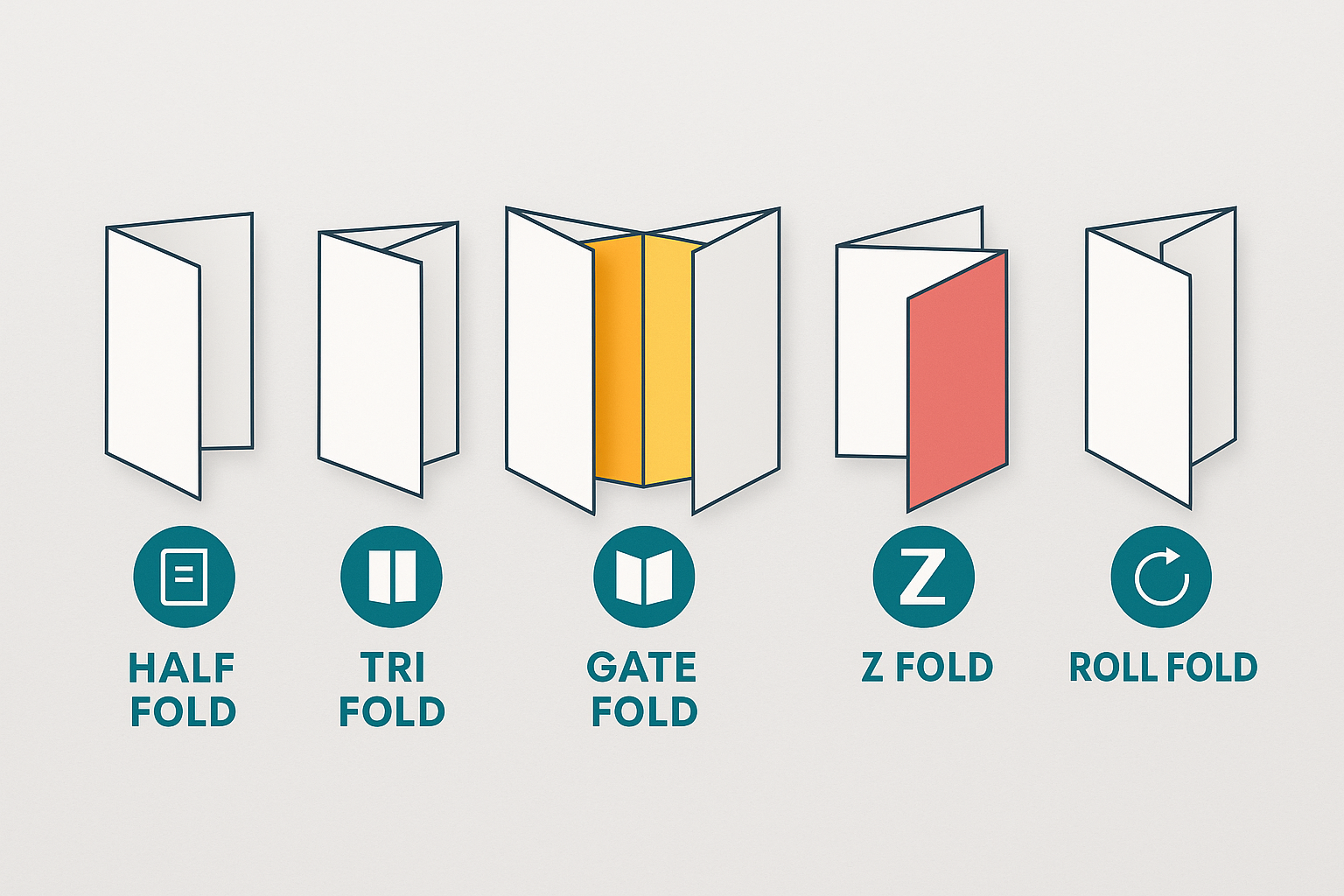Digital Printing: Definition, Process, and Key Benefits
What is Digital Printing?
Digital printing is a modern printing technology that transfers digital files directly onto various surfaces without the need for traditional printing plates. Unlike offset printing, which requires metal plates to transfer ink, digital printing allows for a more flexible and efficient process, making it ideal for short runs and customized prints.
This innovative technique has transformed the printing industry by enabling high-quality prints with faster turnaround times. Companies like Triboro Printing specialize in digital printing services, offering a range of customized solutions for businesses and individuals.
How Does Digital Printing Work?
The digital printing process involves transferring a digital image from a computer to a printer, which then applies the ink directly onto the chosen material. There are two main types of digital printing technologies:
1. Inkjet Printing
- Uses tiny droplets of liquid ink sprayed onto the material.
- Commonly used for photo printing, signage, and posters.
2. Laser Printing
- Uses toner and a heated fuser to transfer the image onto the material.
- Ideal for high-speed document printing and business applications.

Both technologies allow for on-demand printing with high precision, making digital printing a preferred choice for businesses looking for flexibility and cost-effectiveness.
Key Benefits of Digital Printing
1. Faster Turnaround Time
Unlike traditional printing methods that require complex setup processes, digital printing allows for instant production. Businesses can get their prints within hours instead of days.
2. Cost-Effective for Small Runs
Since digital printing does not require plates, it is a cost-efficient solution for short-run jobs, making it ideal for personalized printing projects.
3. High-Quality Prints
Advancements in digital printing technology have led to superior print quality, with sharp details and vibrant colors that rival traditional printing methods.
4. Customization and Flexibility
Digital printing enables variable data printing, meaning each printed piece can be customized with unique text, images, or colors. This is particularly useful for personalized marketing materials and direct mail campaigns.

Common Applications of Digital Printing
1. Commercial Printing
Businesses use digital printing for marketing materials such as brochures, business cards, and flyers, ensuring high-quality and fast production.
2. Textile and Fabric Printing
Custom apparel and fabric printing have become popular, with digital printing allowing for intricate designs on t-shirts, bags, and other textiles.
3. Packaging and Labels
Digital printing is widely used in packaging and labeling industries, offering brands the ability to print high-quality, short-run packaging for special promotions and product launches.
4. Signage and Large Format Printing
From banners to posters, digital printing provides large-format printing solutions that are essential for advertising and branding.
Conclusion
Digital printing has revolutionized the printing industry, offering speed, quality, and customization that traditional methods cannot match. Whether for business marketing, packaging, or large-scale printing needs, digital printing provides a cost-effective and versatile solution.
For high-quality digital printing services, check out Triboro Printing, a trusted provider known for delivering exceptional print solutions tailored to your needs.




